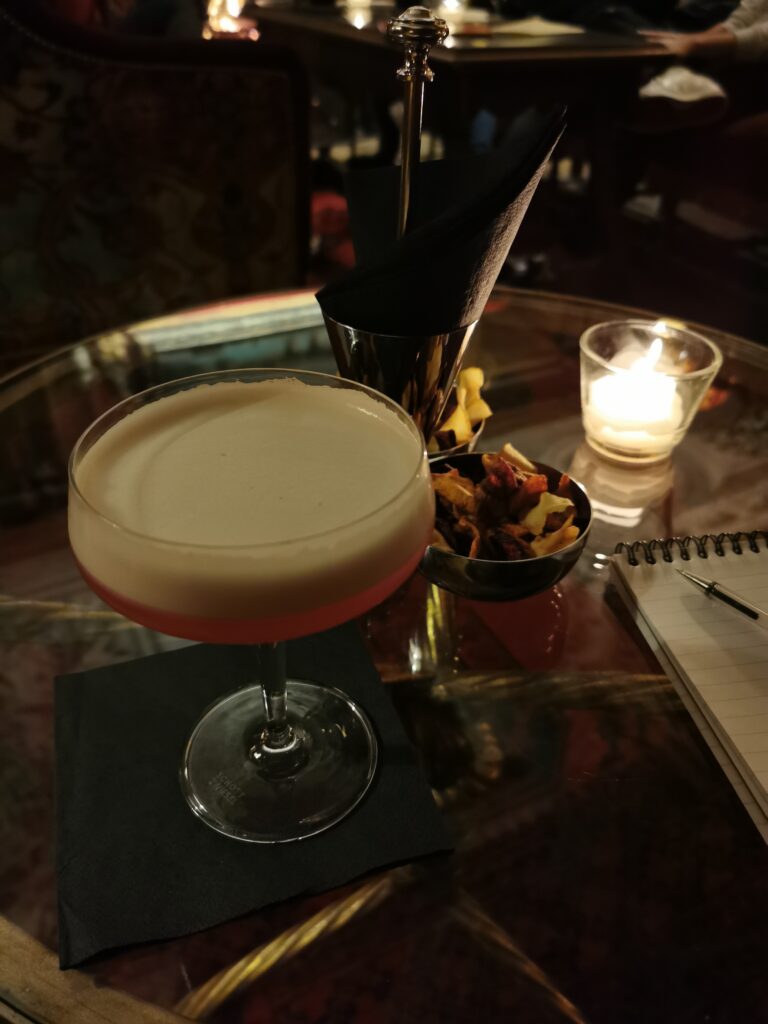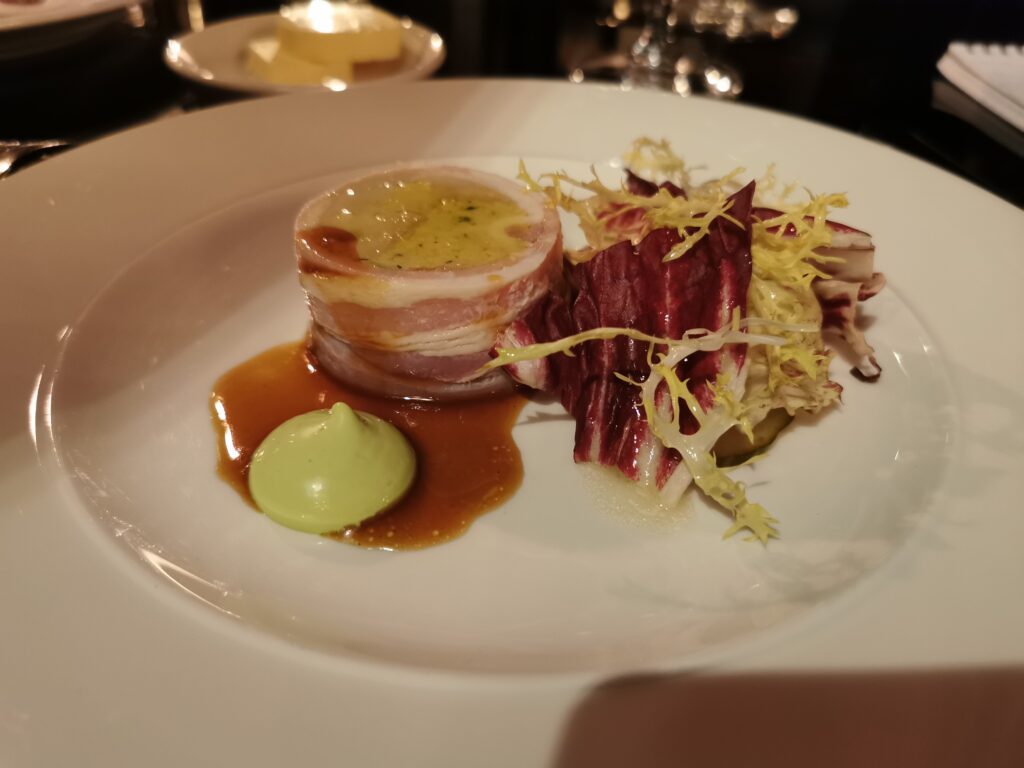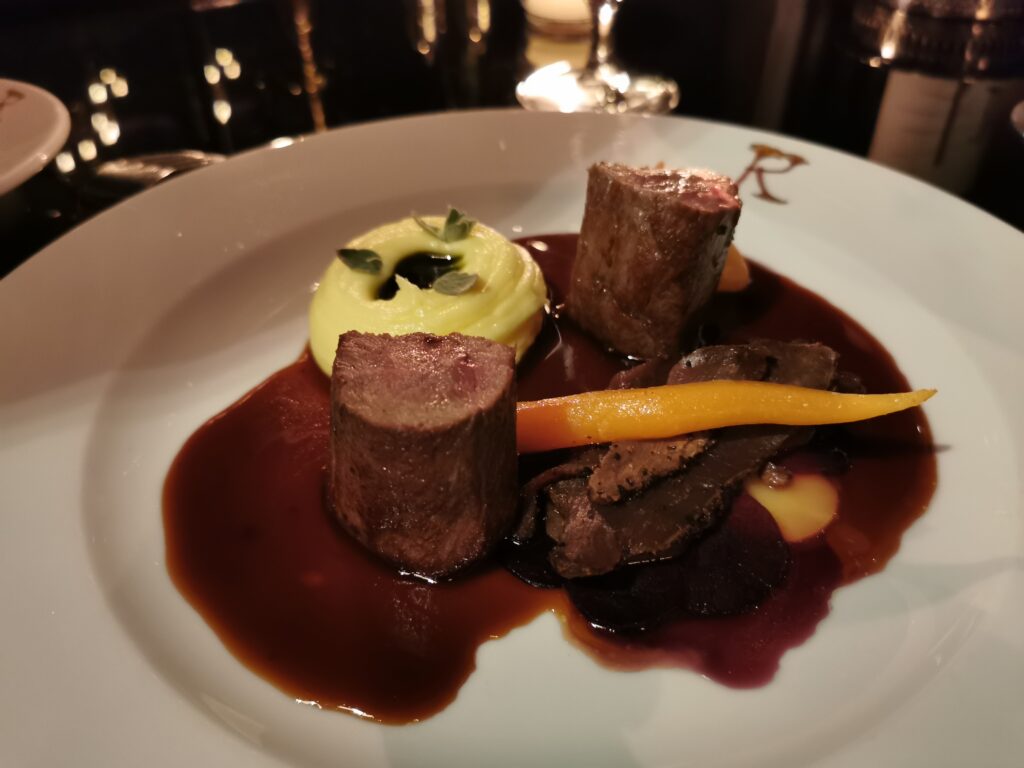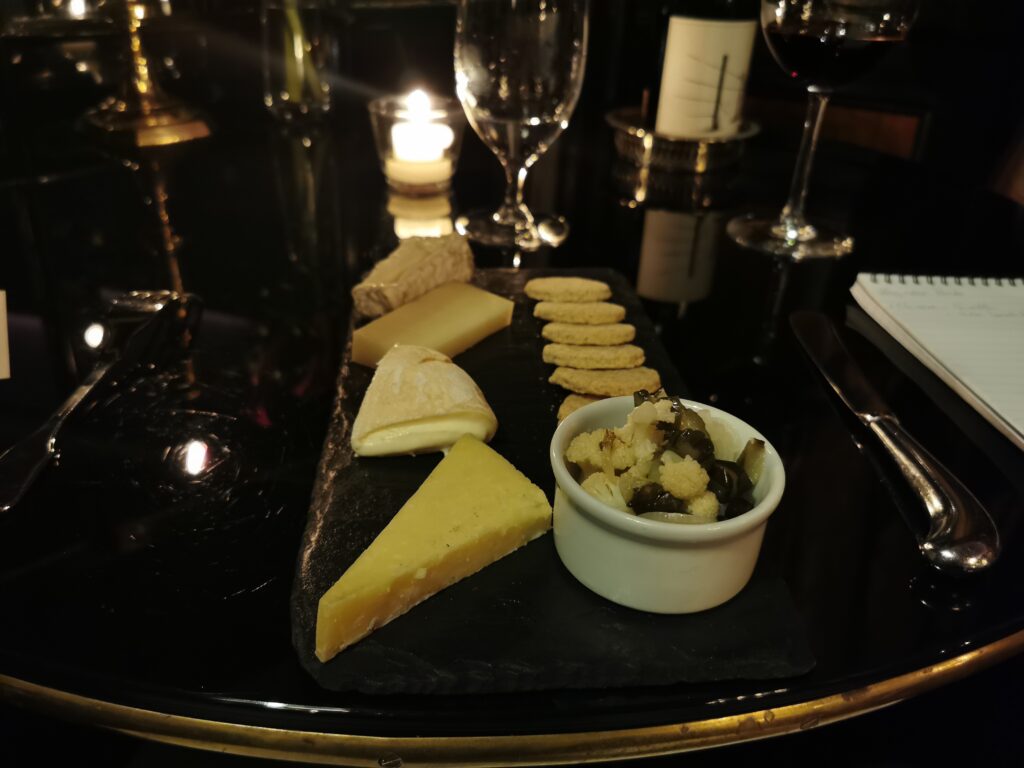Peter Ranscombe tucks into the autumnal menu at the Rhubarb restaurant in Edinburgh’s Prestonfield House.
APPROACHING Prestonfield House, once the official residence of Edinburgh’s Lord Provost, is like travelling back through time. Past the love-them-or-hate-them modern concrete of the Royal Commonwealth Pool and Scottish Widows’ former head office, past the inter-war bungalows standing sentry on Priestfield Road, and past the trees lining the drive until the stone pillars of the portico come into view.
That trip back through time continues inside the hotel. Sitting in one of the upstairs lounges for a pre-dinner drink, guests are surrounded by antique fixtures and fittings, memorabilia from bygone ages.
It’s easy to picture Benjamin Franklin – diplomat, scientist, and one of the founding fathers of the United States – visiting Prestonfield and penning a rather jumbled poem dedicated to his stay at the house. More recent celebrity visitors have included Lauren Bacall, Grace Kelly, and Elton John.
Prestonfield also has stars of its own – five red ones from the AA and five gold ones from VisitScotland. One of the hotel’s other claims to fame is that it was the location at which rhubarb was introduced to Scotland.

Wine to dine
With such a rich history, it would have felt churlish not to indulge in the rhubarb patch cocktail (£16) while perusing the autumn dinner menu. Homemade rhubarb syrup, gin, Martini, lemon juice, and “aquafaba” – or chickpea water to its friends – combine to deliver a crisp, fresh, and light drink with a rich texture yet a light finish.
Once choices had been made, it was time to dive into the legendary wine list. Prestonfield owner James Thomson and his head sommelier, John Power, are well-known within the wine trade for their excellent choices, and I was suitably impressed with their range of classics from Bordeaux and Burgundy.
Yet it was their small-but-perfectly-formed new world selection that really caught my attention. Kistler, Littorai, and Ridge from California; Henschke, Powell & Son, and Scotland’s own Thistledown from Australia.
In the end, I settled on South Africa, and eschewed such stars as Aleheit, Ataraxia, and David & Nadia in favour of Duncan Savage’s 2015 Thief in the Night Grenache (£70), a bottle I last enjoyed during the Cape Wine trade show back in 2018. With its warm cinnamon, spun sugar, and red cherry flavours it didn’t disappoint, while its fresh acidity and well-integrated tannins worked perfectly with an autumnal feast of game.

Dinner is served
“Don’t fill yourself up with bread – you’ll never eat your tea”. It’s a warning uttered by generations of parents down through the years – but, if the bread is as good as the still slightly-warm seeded brown and the teeth-testing crunchy white sourdough served alongside Prestonfield’s homemade salty and velvety butter, the bairns/weans/kiddiewinks could be forgiven for filling up.
With a starter of Lammermuir pheasant (£18.50) served with smoked bacon boudin, house-fermented cornichon, pear, tarragon, and bitter leaves fluttering its way into view, there was little chance of me not managing my tea, despite the delicious bread. The poshest sausage-terrine hybrid you-ever-did-see was all about the texture: dense, meaty game; chewy, salty bacon; softer, juicy pear; and crunchy, vinegar-sharpness from the cornichons, like Maccie D’s gherkins on steroids.

Continuing the game theme into my main course almost led me to pick the roast partridge breast (£32.50), but ultimately it was the Glen Etive roe venison loin and coffee-spiced haunch (£43.50) that won the day, with its smoked potato mousseline, carrot and swede, oregano, and sauce grand veneur. A worthy rival for Tom Kitchin’s roe deer, with melt-in-the mouth loin that sliced itself with just an admiring look.
If I was nit-picking then the potato was over-salted for me, and the dish would have benefited from an extra bit of crunch – perhaps a crisp or more of the sourdough bread transformed into a crouton. But this was still the best game dish I’ve had this autumn, either on or off the restaurant-reviewing clock.

Sweet treats
It’s the sign of a good restaurant when it will let a fussy Teuchter mess around with its cheese selection. Diners can be tempted with either a selection of Scottish or French cheese – but those of us who must forego Lanark Blue can be awkward and substitute an aged Comte into the Caledonian selection.
I wouldn’t have guessed it was aged from the taste, yet it still rounded off an impressive collection, featuring St Andrews Farmhouse Cheddar’s tell-tale earthy note, Wee Comrie’s tangy sharpness, and an over-powering Blackmount, which would have benefited from the sweetness of quince or apple for balance. Plus, the best oatcakes ever, which delivered body and crunch but without venturing into stodginess.

Texture was once more brought to the fore by the pudding, with the Monkton Gardens baby conference pears (£13) that followed – joined by dark chocolate crémeux and bergamot sorbet – delivering crunch from the gingerbread-scented honeycomb and smoothness from the intense chocolate. What’s more, the dainty wee pears were a joy to the eye.
While the accompanying set menu obviously doesn’t feature all the dishes from its ala carte companion, at £45 for three courses at lunch and £60 for a trio at dinner, it represents mind-blowing value for this quality of food. Served in elegant surroundings by a waiting staff that was attentive without being intrusive, it’s easy to see why Rhurbarb has such a stellar reputation – and why other guests might be inspired to improve on Franklin’s attempt at poetry after such a feast.
Find out all about Prestonfield House and Rhubarb on their website.
Read more news and reviews on Scottish Field’s food and drink pages, in association with Cask & Still magazine.
Plus, don’t miss our Christmas recipes in the December issue of Scottish Field magazine.
TAGS

